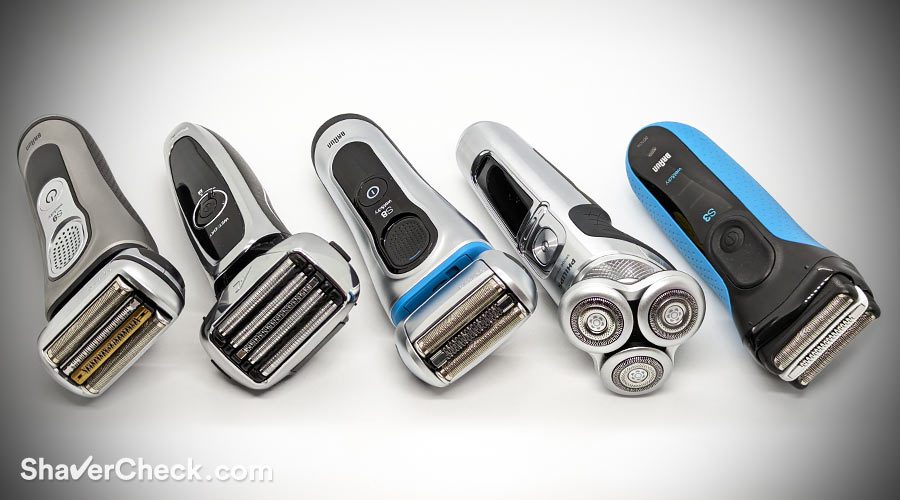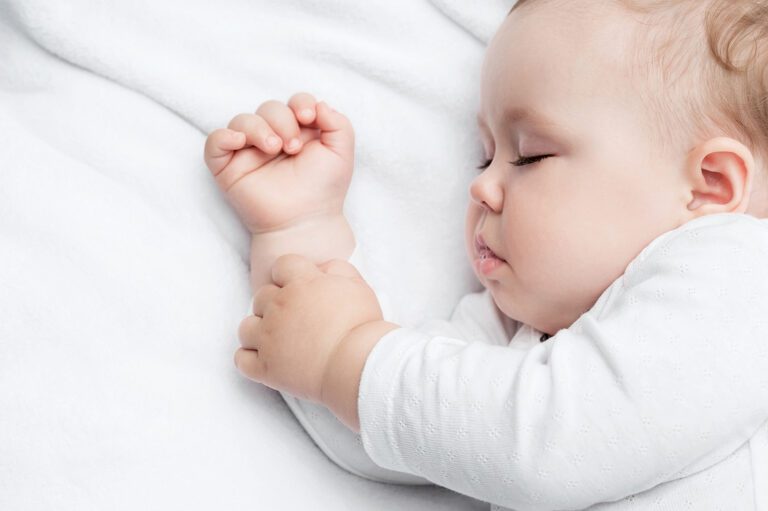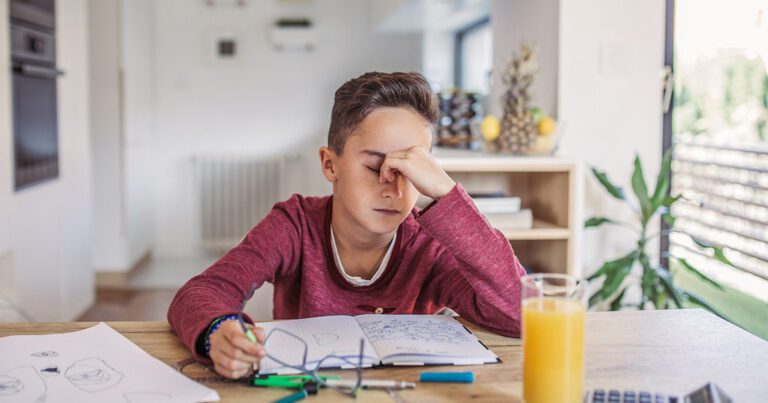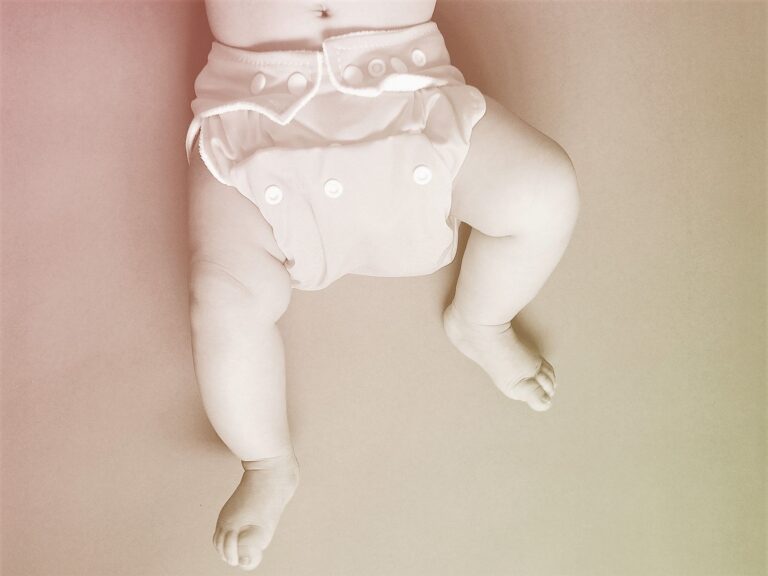How Loud Should White Noise Be for Baby UK: Ultimate Guide
White noise for baby in the UK should be fairly quiet, no louder than the sound of a running shower. This level of volume is safe for a baby’s hearing and can help them sleep better throughout the night.
When it comes to using white noise for babies in the UK, it’s important to find the right balance between providing a soothing environment and ensuring the noise level is safe for the baby’s hearing. White noise should be fairly quiet, no louder than the sound of a running shower.
This level of volume can provide a calming effect for babies and help them sleep better throughout the night without risking any damage to their ears.

Credit: www.nytimes.com
Understanding The Importance Of White Noise For Babies
White noise has gained significant popularity in recent years as a sleep aid for babies. Its ability to create a calming and soothing environment has made it a non-negotiable aspect of many bedtime routines.
How Does White Noise Benefit Babies’ Sleep?
White noise plays a vital role in helping babies fall asleep and stay asleep. By replicating the sounds they heard in the womb, white noise provides a sense of familiarity and comfort, promoting a more relaxed state. It works by reducing the contrast between the sounds in their environment, eliminating sudden and abrupt noises that can startle and disrupt their sleep.
Explaining The Calming And Soothing Effect Of White Noise On Babies
White noise acts as a sort of auditory blanket, creating a constant and consistent background noise that helps mask and drown out other sounds. This gentle hum simulates the comforting environment of the womb, where babies are accustomed to hearing a rhythmic and muffled symphony of sounds. By recreating this ambience, white noise creates a soothing and secure atmosphere, promoting a deeper and more restful sleep for babies.
The Impact Of White Noise On Baby’s Sleep Patterns
White noise has shown to have a positive impact on a baby’s sleep patterns. It not only helps babies fall asleep faster, but it also helps them stay asleep for longer durations. The steady and constant sound of white noise minimizes interruptions and can help babies establish a more regular sleep schedule. By promoting better sleep patterns, white noise contributes to the overall well-being and development of babies.
Benefits Of Using White Noise To Drown Out External Disturbances
One of the key advantages of white noise for babies is its ability to drown out external disturbances. By creating a consistent background noise, white noise masks sudden sounds such as car honks, barking dogs, or household noises that may disrupt a baby’s sleep. This is especially beneficial for families living in urban areas or noisy environments, ensuring a more peaceful and uninterrupted sleep for babies.
Safe Levels Of White Noise For Babies
When it comes to white noise for babies in the UK, it is important to keep the volume at a safe level. White noise should be fairly quiet, no louder than the sound of a running shower, to protect their developing ears.
Determining The Appropriate Volume Level For White Noise
When it comes to using white noise for babies, determining the appropriate volume level is crucial. You want to create a soothing environment for your little one without subjecting them to excessive noise that may damage their delicate ears. Generally, white noise for babies should be fairly quiet, comparable to the sound of a running shower.
Understanding The Potential Risks Of High Volume White Noise For Babies
While white noise can be beneficial for babies’ sleep, it’s important to understand the potential risks of high volume white noise. Babies’ ears are still developing, and exposure to high volume white noise for a prolonged period can lead to long-term hearing loss or audio processing disorders. Therefore, it’s crucial to avoid subjecting your baby to uncomfortably loud white noise.
Recommended Decibel Levels For White Noise In Baby’s Room
Experts recommend keeping the decibel levels of white noise in a baby’s room within a safe range. Ideally, the white noise machine or device should be set to a level of 50 decibels or lower. This ensures a soothing background sound without overwhelming your little one’s ears. To put it into perspective, 50 decibels is similar to the volume of a quiet conversation or the hum of a refrigerator.
Ensuring A Comfortable And Safe Environment For Your Baby’s Sleep
In addition to monitoring the volume of white noise, creating a comfortable and safe sleep environment is essential for your baby’s well-being. Here are a few tips:
- Place the white noise machine at a safe distance from your baby’s crib, ensuring it is not too close to their ears.
- Use a white noise machine specifically designed for babies, as they often have adjustable volume settings and features that promote safe sleep.
- Regularly check the sound levels to ensure they remain within the recommended decibel range.
- Consider implementing a gradual weaning-off process when your baby becomes accustomed to sleeping with white noise, to prevent dependency.
Creating a soothing and safe sleep environment for your baby is important for their overall well-being. By understanding and implementing safe levels of white noise, you can provide your little one with a peaceful and restful sleep environment.
Factors To Consider When Choosing A White Noise Machine
Choosing the right white noise machine for your baby in the UK involves considering the appropriate loudness level. It should be soft and gentle, not exceeding the sound of a running shower, to ensure a soothing and safe environment for your little one’s sleep.
Evaluating Different Types Of White Noise Machines Available In The Market
When it comes to selecting a white noise machine for your baby, there are several factors that you need to consider. One of the first things you need to evaluate is the different types of white noise machines available in the market. There are various options to choose from, including sound machines, white noise apps, and portable devices. Each type has its own advantages and disadvantages, so it’s important to understand their features before making a decision.Features To Look For In A White Noise Machine For Babies
When choosing a white noise machine for your baby, there are specific features that you should look for. These features are designed to create a sleep-friendly environment and enhance your baby’s restful sleep. Some important features to consider include adjustable volume control, various sound options (such as heartbeat, rain, or white noise), timer settings, portability, and a night light feature. These features are important for providing your baby with a soothing and comfortable sleeping environment.Understanding The Importance Of Sleep-friendly Sounds In A White Noise Machine
The sounds produced by a white noise machine play a crucial role in promoting better sleep for your baby. Sleep-friendly sounds, such as white noise, mimic the familiar sounds that babies hear in the womb. These sounds help block out background noises and create a calming environment that promotes relaxation and sleep. Additionally, sleep-friendly sounds can also help mask sudden noises that may startle your baby, allowing them to stay asleep for longer periods of time.Practical Considerations For Selecting The Right White Noise Machine For Your Baby
There are a few practical considerations that you should keep in mind when selecting a white noise machine for your baby. Firstly, consider the size and portability of the machine. A compact and lightweight design makes it easier to travel with and move around the house. Secondly, look for a machine that is easy to use and has intuitive controls. This will save you time and frustration when adjusting the settings. Finally, consider the power source of the machine. Opt for a machine that can be powered by batteries or USB, as this provides flexibility for different scenarios. In conclusion, when choosing a white noise machine for your baby, it is important to evaluate the different types available, look for specific features that promote sleep-friendly sounds, and consider practical factors such as size, portability, and power source. By considering these factors, you can select the right white noise machine that will create a soothing and comfortable environment for your baby’s sleep.Establishing A White Noise Routine For Your Baby
Welcome to the world of parenthood, where establishing a consistent sleep routine for your baby can make a world of difference. One effective tool that many parents swear by is white noise. Incorporating white noise into your little one’s sleep routine can create a soothing environment that promotes relaxation and, ultimately, better sleep. In this article, we will explore the ins and outs of establishing a white noise routine for your baby, including how loud the white noise should be, when and how to introduce it, and how to gradually wean off it as your baby grows.
Creating A Conducive Sleep Environment With White Noise
Before diving into the specifics of white noise, it’s important to create a sleep environment that is conducive to your baby’s restful slumber. Keeping the room dark, cool, and quiet sets the stage for a good night’s sleep. However, complete silence might not always be the best option, especially if your little one is sensitive to sudden noises.
This is where white noise comes in. White noise, which mimics sounds from the womb, can help block out sudden noises and provide a continuous, soothing background sound that promotes uninterrupted sleep. When it comes to the volume of white noise, aim for a level no louder than the sound of a running shower. It should be soft enough to blend into the background but still audible and comforting for your baby. Remember, the goal is to create a calming environment, not to overwhelm your little one with excessive noise.
Introducing White Noise To Your Baby’s Sleep Routine
Now that you have set the stage with a conducive sleep environment, it’s time to introduce white noise into your baby’s sleep routine. Start by incorporating it during your baby’s naptime or nighttime sleep. You can use a white noise machine or even a smartphone app that offers a variety of soothing sounds, including white noise. Position the device at a safe distance from your baby’s crib, ensuring it is not too close to their delicate ears.
During the initial introduction, keep the volume of the white noise at a gentle level. Observe your baby’s response and adjust the volume accordingly. Some babies might find the sound instantly comforting, while others might take some time to get accustomed to it. Be patient and allow your little one to adjust at their own pace.
Combining White Noise With Other Sleep Cues For Better Results
While white noise can work wonders in promoting restful sleep, it is always beneficial to combine it with other sleep cues. Establishing a consistent bedtime routine, such as a warm bath, gentle massage, or reading a bedtime story, can signal to your baby that it’s time to wind down and prepare for sleep. By pairing white noise with these familiar cues, you create a powerful sleep association that helps your baby relax and fall asleep more easily.
Keep in mind that every baby is different, so it’s important to pay attention to your little one’s cues and adapt the routine to suit their needs and preferences. Consistency is key when it comes to establishing a white noise routine for your baby, so try to incorporate it into every sleep session, whether it’s a nap or nighttime sleep.
Gradually Weaning Off White Noise As Your Baby Grows
As your baby gets older and their sleep patterns evolve, it becomes important to gradually wean them off white noise. Most experts recommend starting this process around 6 to 8 months of age, but every baby is different, so trust your instincts and observe your little one’s readiness for this transition.
The gradual weaning process involves reducing the volume of the white noise over time. Slowly decrease the volume, a little bit at a time, until your baby can sleep comfortably without relying on it. This process can take several weeks or even months, so be patient and consistent in your approach. Eventually, your baby will learn to associate their bedtime routine and other sleep cues with the feeling of soothing comfort, allowing them to sleep soundly even without the white noise.
Remember, establishing a white noise routine for your baby is not a one-size-fits-all approach. It requires patience, flexibility, and attentiveness to your baby’s unique needs. By creating a conducive sleep environment, introducing white noise gradually, combining it with other sleep cues, and gradually weaning off it as your baby grows, you can help your little one develop healthy sleep habits and enjoy peaceful nights for both of you.
Best Practices And Safety Measures For Using White Noise With Babies
To ensure the safety and best practices of using white noise with babies, it is recommended to keep the volume of white noise fairly quiet, no louder than the sound of a running shower. Continuous use throughout the night can help promote better sleep for babies.
Monitoring White Noise Levels To Ensure Baby’s Safety
When using white noise with your baby, it is crucial to monitor the noise levels to ensure their safety. The volume should be set at a level that is soothing and not too loud for their delicate ears. It’s important to remember that the sound should mimic the gentle background noise they were used to in the womb.
Avoiding Potential Risks Associated With Prolonged Exposure To White Noise
Prolonged exposure to loud white noise can pose risks to your baby’s hearing. It’s recommended to limit the use of white noise to short periods of time, such as during naps or bedtime, and to avoid constantly having the white noise machine on throughout the day. This helps prevent potential hearing damage and allows your baby’s ears to rest and recover.
Using White Noise As A Sleep Aid, Not A Substitute For Proper Sleep Hygiene
While white noise can be a helpful sleep aid, it is important to remember that it should not replace proper sleep hygiene practices. Establishing a consistent bedtime routine, creating a calm and comfortable sleep environment, and promoting healthy sleep habits are essential for your baby’s overall sleep health. White noise should be used as a complement to these practices, rather than a substitute.
Tips For Maintaining A Healthy Sleep Environment For Your Baby
Creating a healthy sleep environment for your baby is crucial for their optimal sleep quality. Here are some tips:
- Keep the room at a comfortable temperature, around 68-72°F.
- Ensure the room is dark and quiet, using blackout curtains and soundproofing measures if necessary.
- Use a firm and breathable mattress for your baby’s crib.
- Dress your baby in comfortable sleepwear suitable for the temperature.
- Follow safe sleep guidelines, such as placing your baby on their back to sleep and avoiding loose bedding and pillows.
- Avoid using electronic devices or screens close to bedtime, as they can disrupt your baby’s sleep patterns.
By following these tips and using white noise responsibly, you can create a safe and soothing sleep environment that promotes healthy sleep for your little one.
Frequently Asked Questions For How Loud Should White Noise Be For Baby Uk
How Loud Does White Noise Need To Be For Babies?
White noise for babies should be fairly quiet, no louder than the sound of a running shower. It should be played continuously throughout the night to provide a soothing and consistent background sound. Using white noise in this way is safe and can help babies sleep better.
Can Babies Have Too Much White Noise?
Babies can have too much white noise. High volumes for long periods can damage their developing ears, leading to hearing loss or audio processing disorders. It’s important to use white noise at a safe volume, no louder than a running shower.
Is It Ok To Play White Noise All Night?
Repeated use of white noise all night could potentially be harmful, especially for those with tinnitus or ringing in the ears. Babies’ developing ears are sensitive, and prolonged exposure to high-volume noise may lead to long-term hearing loss or audio processing disorders.
It is advisable to use white noise at a quiet and comfortable level.
Have I Damaged My Baby’s Hearing White Noise?
Repeated exposure to high volume white noise can potentially damage a baby’s hearing. Babies have delicate ears that are not designed for loud sounds. Prolonged exposure may cause hearing loss or audio processing disorders. It’s important to use white noise at a safe and comfortable volume for your baby.
Conclusion
In order to provide a safe and conducive sleep environment for your baby, it is recommended that white noise should be fairly quiet, no louder than the sound of a running shower. It should be played continuously throughout the night to promote a sense of security and help drown out other noises that may disturb your baby’s sleep.
Keep in mind that white noise should not be too loud as it can potentially damage your baby’s developing ears. Choose a volume that is soothing and relaxing for your little one.






